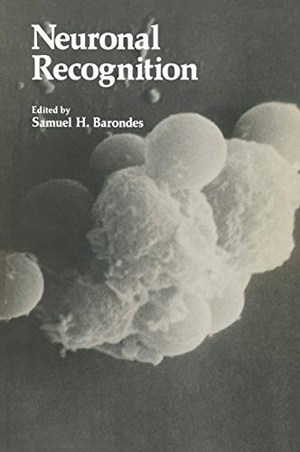Für statistische Zwecke und um bestmögliche Funktionalität zu bieten, speichert diese Website Cookies auf Ihrem Gerät. Das Speichern von Cookies kann in den Browser-Einstellungen deaktiviert werden. Wenn Sie die Website weiter nutzen, stimmen Sie der Verwendung von Cookies zu.
Cookie akzeptieren
Neuronal Recognition
- Springer US
- 2012
- Taschenbuch
- 384 Seiten
- ISBN 9781468422078
An outstanding characteristic of the nervous system is that neurons make selective functional contacts. Each neuron behaves as if it recog nizes the neurons with which it associates and rejects associations with others. The specific interneuronal relationships that result define the innate neuronal circuits that determine the functioning of this system. The purpose of this volume is to present some approaches to the problem of neuronal recognition. The volume has been somewhat arbitrarily divided into three sections. In the first section, the overrid ing theme is the degree of specificity of neuronal recognition. How specific is specific? Is the specificity so precise that the neurites of
Mehr
Weniger
zzgl. Versand
in Kürze